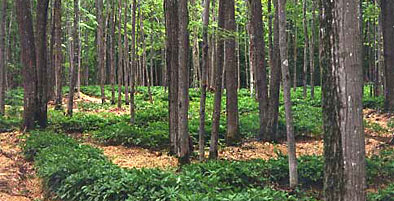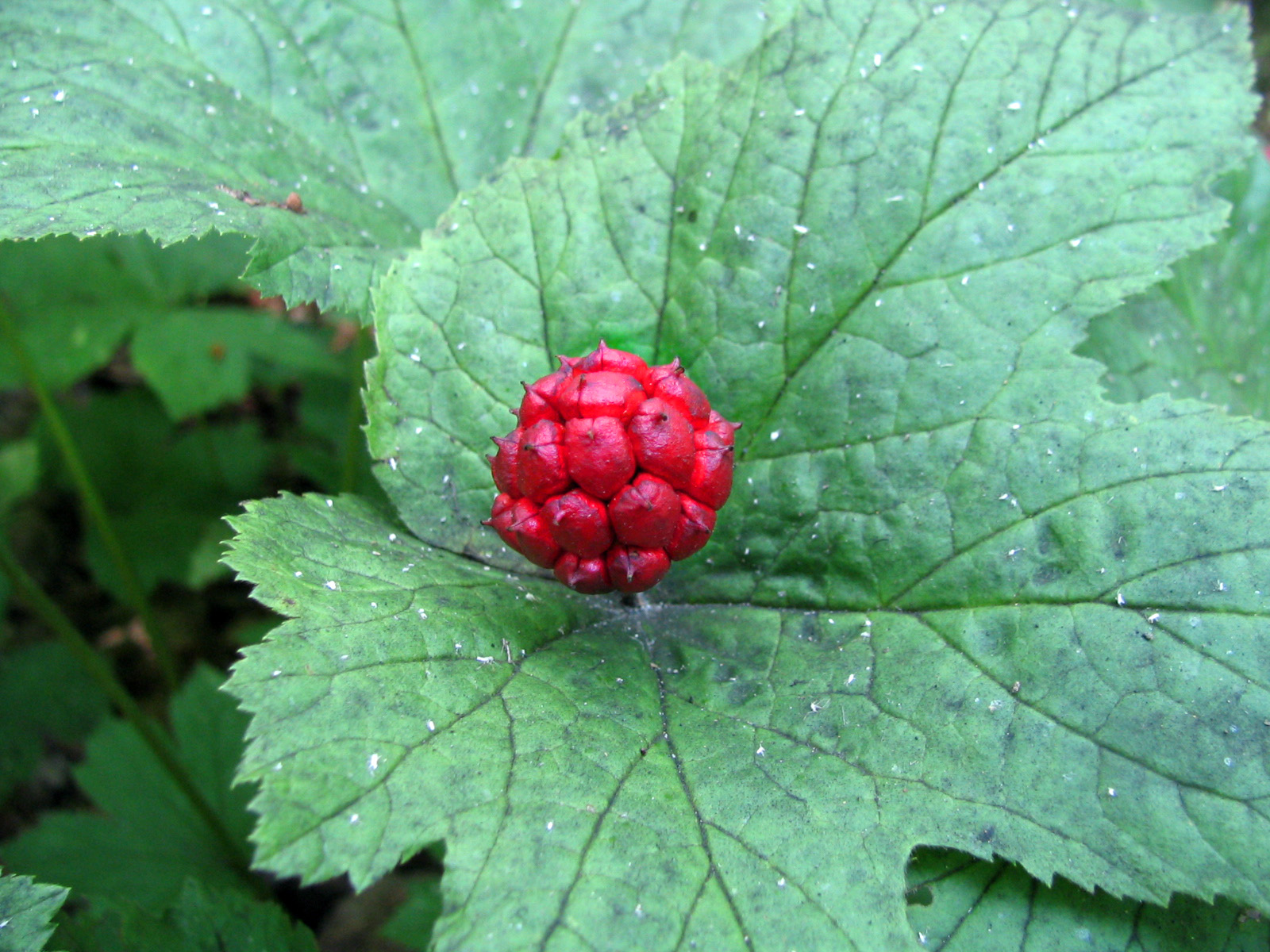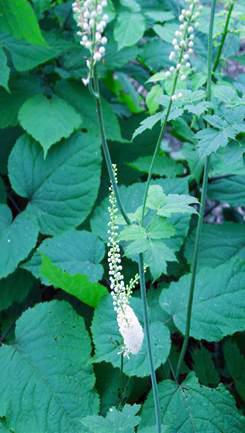The answer to the first question is, “yes,” but the key word is, “potentially.” As with any business venture, some risk is involved, and other considerations must be factored in before deciding if a business is worthwhile.
A primary consideration before beginning forest farming is the productive range of the medicinal plant. Plants, such as American ginseng (Panax quinquefolius) and goldenseal (Hydrastis canadensis), do not tend to grow well outside of their …




 Introduction
Introduction Botanical Information
Botanical Information